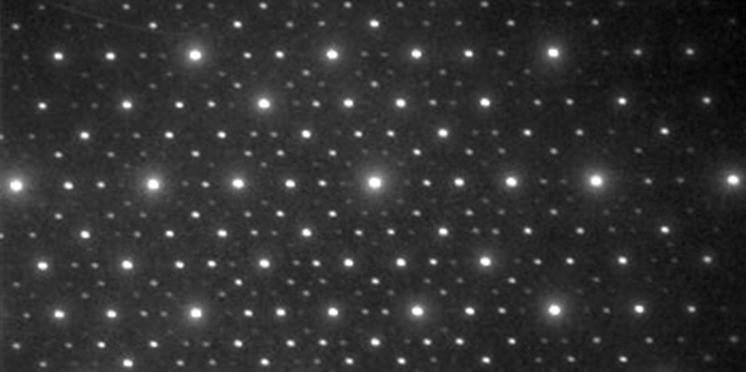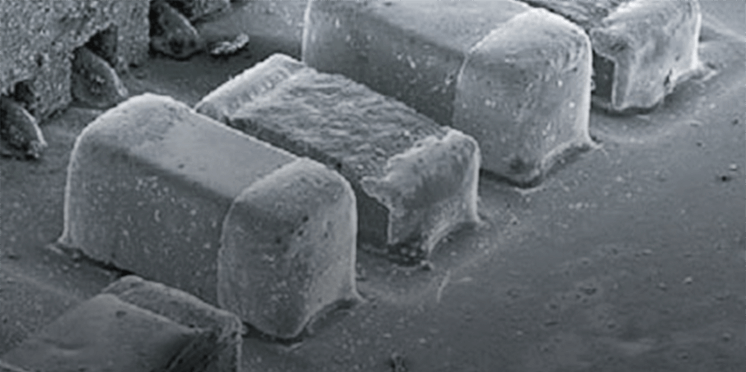クリフ・ロリマー法(薄膜近似法)
クリフ・ロリマー法(薄膜近似法)
Cliff-Lorimer method
[目次:分光分析(EELS/EDS/電子構造)]
特性X線の分光分析(EDS)において、目的元素の定量に用いる手法で試料が数10nm以下(測定元素の違いにより変わる)の場合に適用される。薄膜近似法ともいう。たとえば二元素A、Bから成る物質の場合、特性X線強度IA、IBを測り、問題の物質のイオン化断面積、蛍光収率などに比例定数(k 因子)を用いて、元素A、Bの濃度比CA/CBを式CA/CB=k・IA/IBから求める方法。試料が薄い場合は、吸収効果、原子番号効果、蛍光励起効果の三つの効果に対する補正を行わなくても、比較的高い精度の定量ができる。試料が厚いときは、放出X線の強度は上記の三つの効果を受けるので、これらの影響を補正しなければならない(ZAF補正)。
The Cliff-Lorimer method is a qualitative measurement method of elements in spectroscopic analysis of characteristic X-rays (EDS). It is also called the thin-film approximation method. The method is applied when a specimen thickness is 10 nm or less (though depending on measured elements). For example, when a substance is composed of two elements A and B, characteristic X-ray intensities IA and IB are measured. Then, the concentration ratio of element A to element B (CA/CB) is obtained from equation CA/CB = k・IA/IB, where k is a proportionality factor, which is determined by ionization cross sections, fluorescent yields etc. of the elements. If a specimen is thin, quantitative measurements can be performed with a relatively high accuracy even when corrections for the atomic-number effect, the absorption effect and the fluorescence excitation effect are neglected. On the other hand, if a specimen is thick, the corrections must be executed for the measured intensities (ZAF correction).
関連用語から探す
説明に「クリフ・ロリマー法(薄膜近似法)」が含まれている用語






